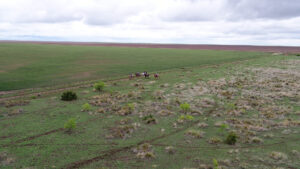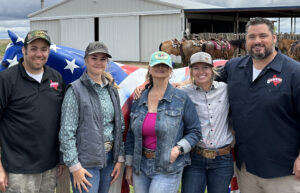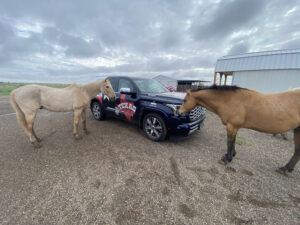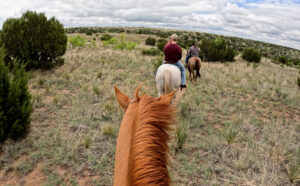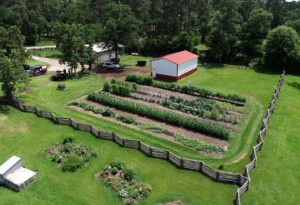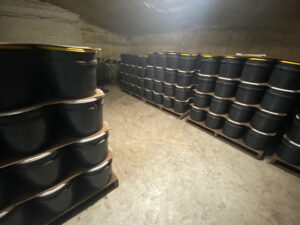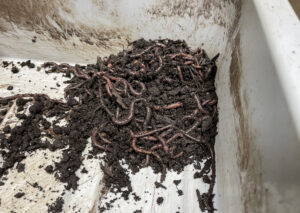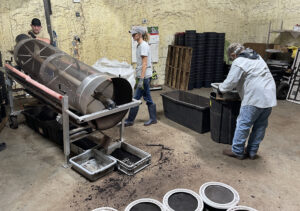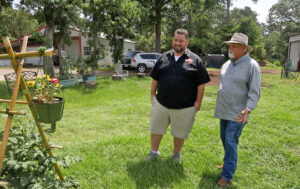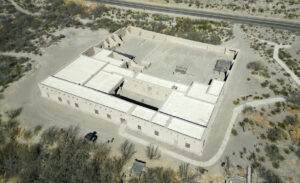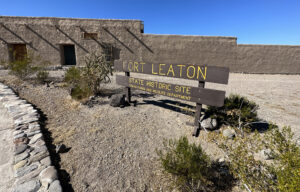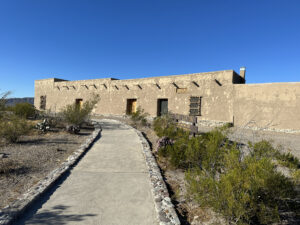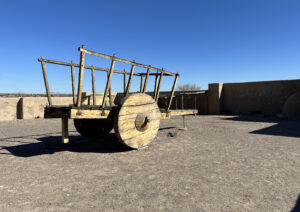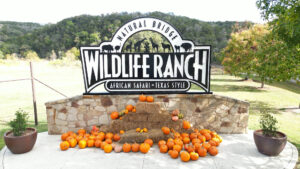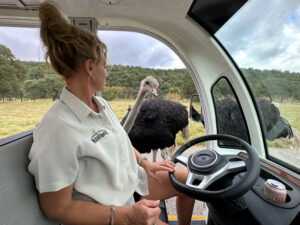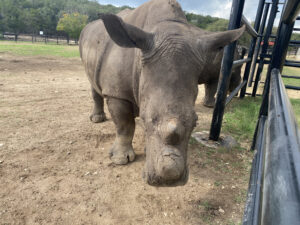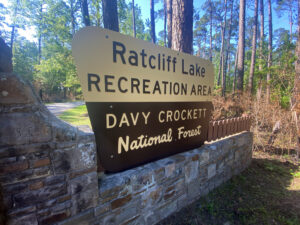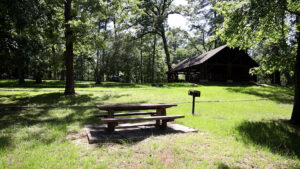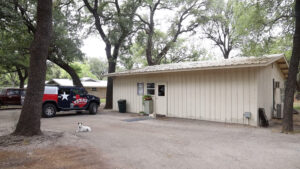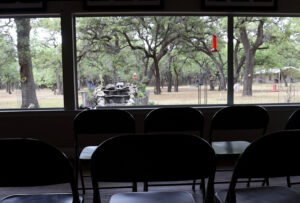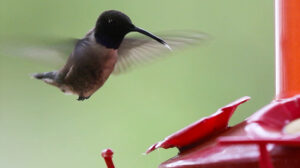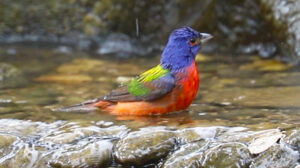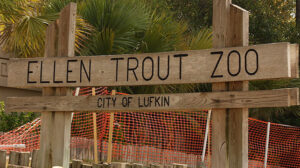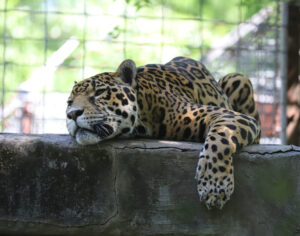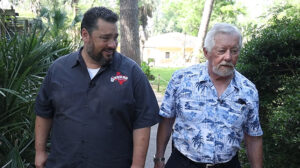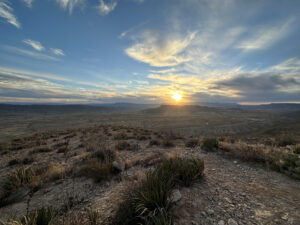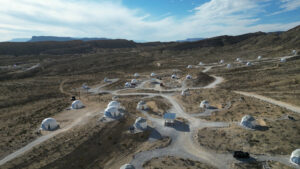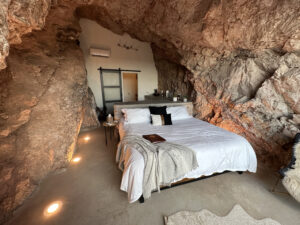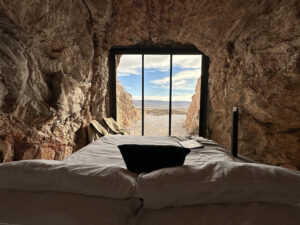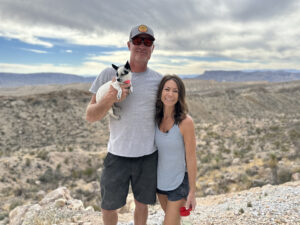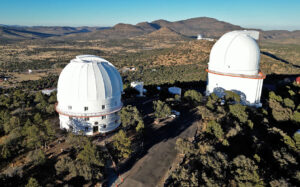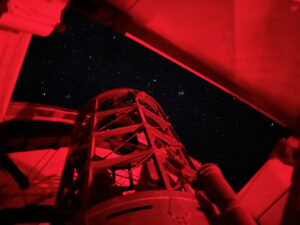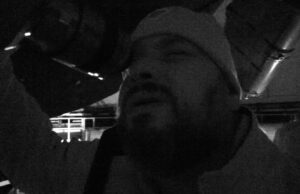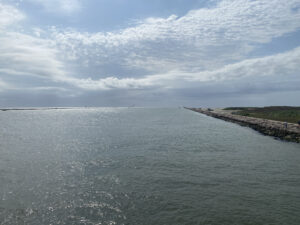
Port Aransas – If you’ve never stood on the shores of the coastal bend, you’ve never experienced one of the most serene places in the Lone Star State. The smell of the salty sea filling your sinuses, the wind’s steady breeze keeping birds aloft, and the sounds of massive ships sailing out of the gulf are just some of the everyday occurrences that can transfix your inner sailor’s soul.
The Mission Aransas Reserve in Port Aransas is great place to start your ocean adventure because here, they’re doing their best to keep the coast as clean as can be. “We concentrate a lot of our work up in the bays and estuaries,” said Jace Tunnell, a marine biologist and Reserve Director at the University of Texas Marine Science Institute. “We look from everything from water quality to habitat assessments, to looking at sea level rise and erosion of land, things like that. And we look long-term.”
Tunnell was born down the road in Taft and spent his youth on these very waters. “Always grew up surfing at the beach,” said Tunnell. “And even today I spend a lot of my time at the beach.”
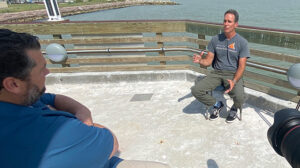
That’s because the apple doesn’t fall far from the tree. “My father was a marine scientist and he was at Texas A&M Corpus Christi for over 40 years, and he used to take us to the beach all the time, but it wasn’t the typical, ‘We’re going to go play in the sand, build sandcastles,’” said Tunnell. “It was like, ‘We’re collecting data. We’re driving down the national seashore, 60 miles, we’re counting every bird that’s down there. We’re counting how much tar is on the beach.’ It was always science driven.”
Tunnell does much of the same at the Mission Aransas reserve. Here it’s all about protecting the Texas coast and that includes taking care of a few turtles at the Amos Rehabilitation Keep, or ARK for short. “So we’ve got three different species of sea turtles in here,” said Tunnell. “These right here we call our floaters, they’re green sea turtles, and they’ve all been hit by a boat.”

Even coastal birds are brought back to health at this center. “Our laughing gulls are very vocal,” said Tunnell. “You see why they get their name.”
But what really peaks people’s interest in this place is the trash. “So over this last year we’ve been collecting stuff off the beach from our beach surveys in preparation for an auction that we have once a year,” said Tunnell. “Tony Amos started doing trash about 25 years ago. He would drive along on Mustang Island, and every other day he was doing a survey. So he would count the trash, the types of trash that are out there. He’d also count the number of people, number of cars, dogs, helicopters, boats, anything on the beach he would count. But trash is one of the most important things he was collecting because you could see how trash changed over time.”
Tunnell’s research today seeks to accomplish the same goals that Amos was pursuing all those years ago. “We’ve done a lot of research looking at where is this coming from?” said Tunnell. “Is it people leaving all this trash out here? And it turns out that a lot of it is from the loop current that goes around Mexico, goes into the Gulf Stream around Florida, and then it creates these eddies that push anything in that current up towards the Texas coast.”
It makes sense that spending your days sorting through beached trash would lead to some interesting discoveries, and a washed up leg certainly counts as a fascinating find. “We found a leg. Yeah, I think the funny thing about this is that this was sort of partly buried in the sand when we found it,” sad Tunnell. “And I was like, ‘Oh my God, there’s a body over there.’ And I walked up and when I pulled it out I was like, ‘Oh, thank God it’s just a leg.’”
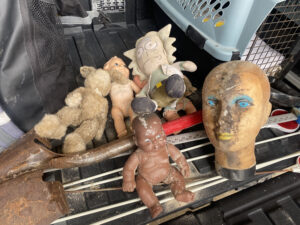
Finding a presumably prosthetic leg isn’t the craziest thing that Jace and his team have come across. The trash treasure that gets the town talking are the dolls. “We find probably one or two dolls a month, but you put that over a five-year period, we’re finding hundreds of dolls,” said Tunnell. “I mean, some of them, you probably would have a hard time sleeping at night after you see pictures of them.”
Initially, they didn’t think anything about the terrifying toy trash but after seeing the response people had to the decimated dolls, things changed. “When we were doing our surveys, we would start taking pictures of the things that we were finding,” said Tunnell. “And so one time we found this head that was about this big, like a mannequin head, and we took a photo of that, and that was the first photo that we put in a long string of natural stuff that we’re finding. And I mean, people went crazy over this on our social media. They shared it and it might’ve been liked 600 times or something, which was a lot for us on our social media site. So we said, ‘You know what? We’re finding these things, people are obviously interested on them.’”
The dolls really get people talking due to the mystery surrounding them, and everyone seems to have their own theories. “People have a lot of theories about where these dolls have come from,” said Tunnell. “Some people think that they are haunted, and so if dolls come up, don’t touch them. Somebody’s throwing them out there with some kind of crazy spells on them. Some people think that there’s a 4,000-year-old girl who’s throwing these dolls out there, but I have my own theory about where they’re coming from. We know that a lot of countries don’t have good systems for where to put their waste. A lot of people are living on rivers. So some countries are just pushing their trash right out into the ocean or into a river that leads to the ocean, and so we’re probably just getting a lot of people’s trash.”
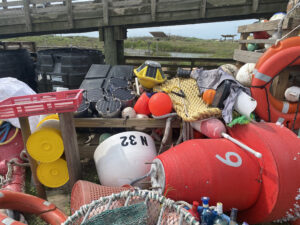
The reserve has capitalized on the loot and now raises funds from the crazy things they find on the shores of Texas through an auction called Trash to Treasure. “We do host an annual auction where all this stuff we find, we’re trying to raise money for the sea turtles,” said Tunnell. “In total, and this is all year long, we will collect a bunch of stuff, items go for $5, $10, for all this effort we make about $2,000.”
Now that the dolls have a following, they are the big-ticket items when it comes to the auction. “We would usually sell a couple of dolls at a time for… The bidding starts at $5 and they usually sold for $10,” said Tunnell. “But now that these dolls have been sold for the amount of money they have, we just sold one in the fall at an auction for a different organization that we donated a doll to for $250.”
While the figurines are an overboard oddity of the ocean, the awareness these diabolic dolls are bringing to the reserve is priceless and will help continue their mission of protecting a priceless piece of the Lone Star State. “Making sure that we’re doing everything that we can so that the next generation can enjoy the same nature that we did growing up is important, and everyone has a part in that,” said Tunnell.
